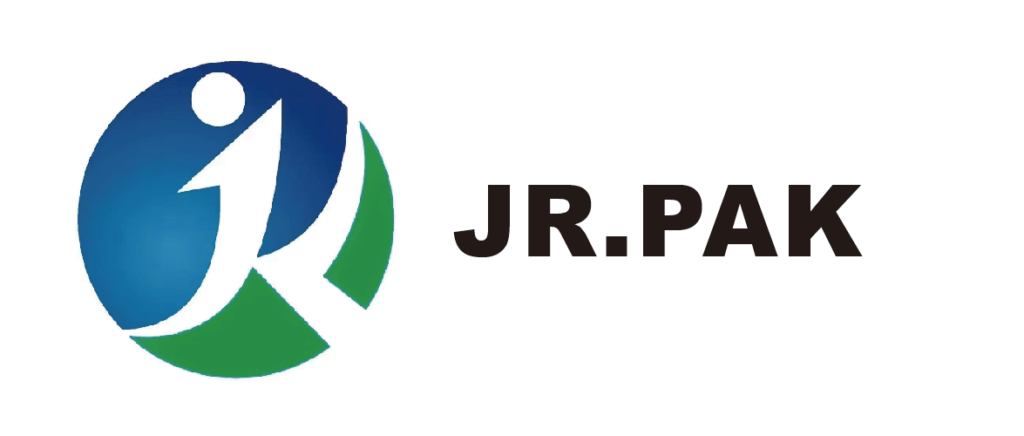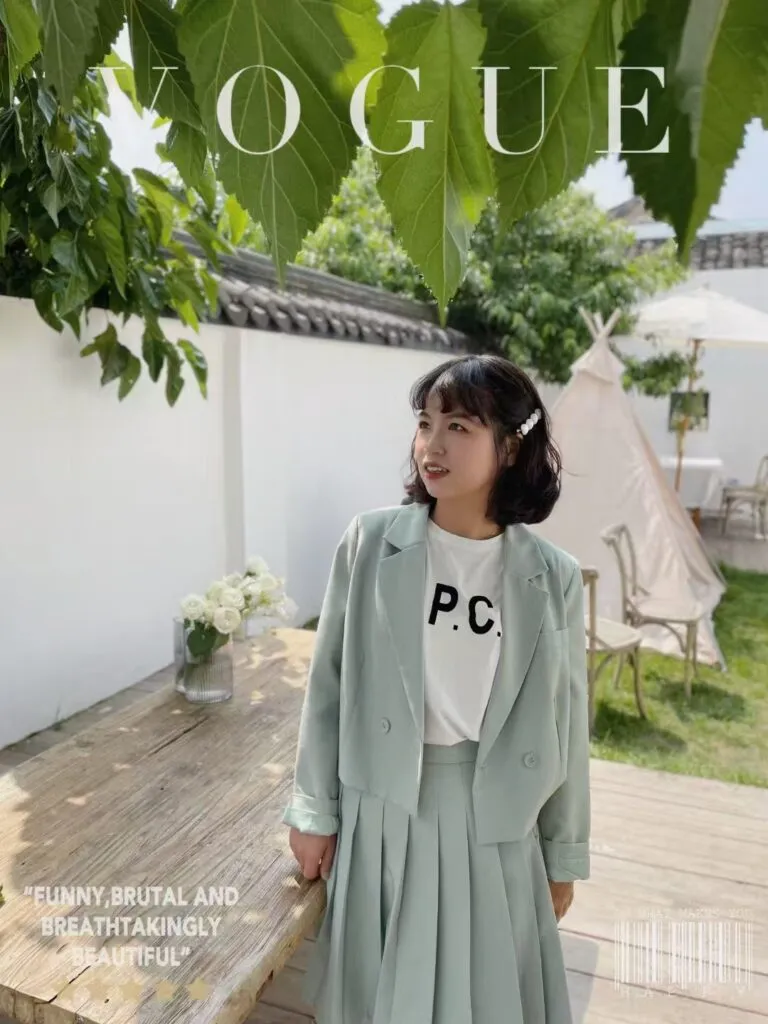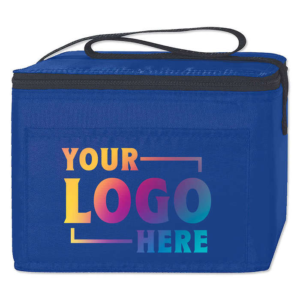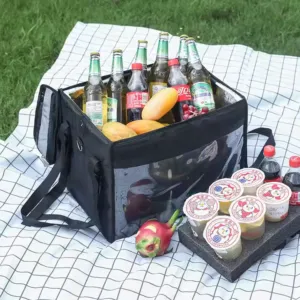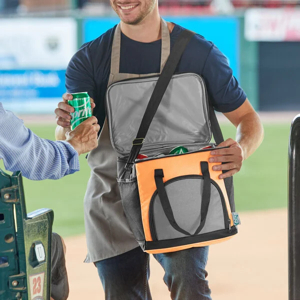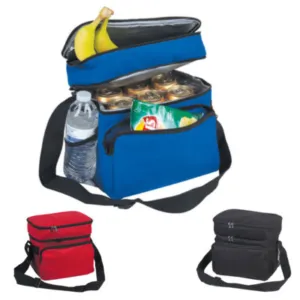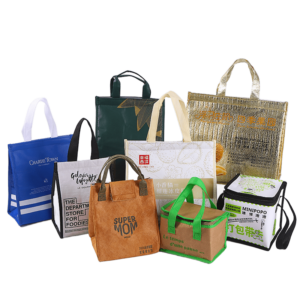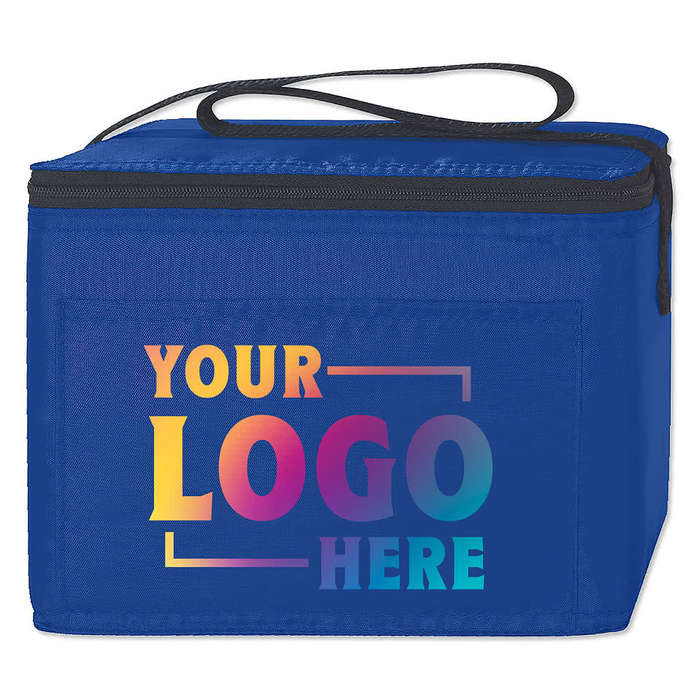Types of Non-Woven Fabric: The Ultimate Guide
Non-woven fabric is everywhere—shopping bags, medical masks, insulation layers, and more.
It's like the quiet hero of modern packaging and textiles: low-cost, flexible, and versatile.
But not all non-woven fabric is the same.
From how it's made to how it's used, each type has a unique role.
Let’s break it down in simple terms.
🧵 What Is Non-Woven Fabric?
Unlike traditional fabric that’s woven from threads, non-woven fabric skips the weaving.
It’s made by bonding fibers directly—either with heat, pressure, or glue.
Think of it like making paper:
Fibers are pressed together into sheets without stitching.
Fast, clean, and efficient.
🌟 Common Types of Non-Woven Fabric
1. Spunbond Non-Woven
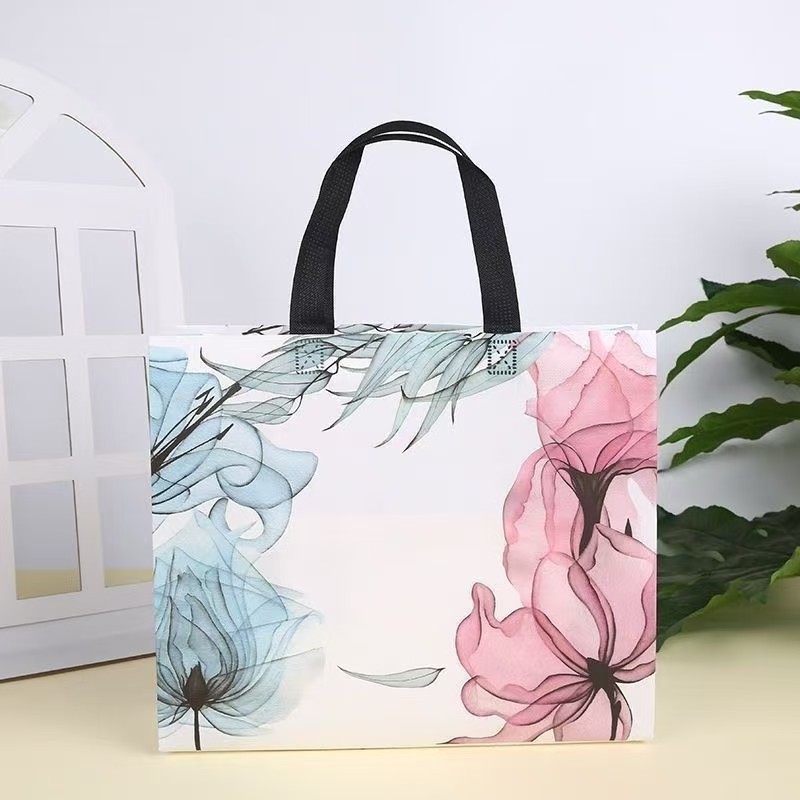
This is the most popular type used in shopping bags.
How it’s made:
Plastic pellets (usually polypropylene) are melted, spun into fibers, then pressed into fabric.
Key features:
- Durable
- Breathable
- Water-repellent
- Printable
Use cases:
- Non-woven tote bags
- Medical caps and shoe covers
- Furniture lining
👜 It's the "jeans" of non-woven—everyday, reliable, and everywhere.
2. Meltblown Non-Woven
Very fine fibers, super soft, used mainly for filtration.
How it’s made:
Similar to spunbond, but the fibers are even thinner—like hair turned into mist.
Key features:
- Excellent filter
- Lightweight
- Smooth texture
Use cases:
- Surgical masks (middle filter layer)
- Air filters
- Oil absorbents
😷 Think of it as the “face mask fabric”—thin but powerful.
3. Spunlace (Hydroentangled) Non-Woven
Made by shooting high-pressure water jets onto fiber webs.
Key features:
- Soft and cloth-like
- Strong with no glue
- Absorbent
Use cases:
- Wet wipes
- Facial masks
- Cleaning cloths
🧻 It's like the “towel” of non-woven—gentle yet effective.
4. Needle Punch Non-Woven
Created by mechanically punching barbed needles into fiber layers.
Key features:
- Thick and sturdy
- Good sound and heat insulation
- Washable
Use cases:
- Carpet backing
- Automotive insulation
- Geotextiles for road construction
🚗 It’s the “work boot” of non-woven—tough and built for heavy use.
5. Thermal Bonded Non-Woven
Fibers are melted and pressed to fuse together.
Key features:
- Thin
- Economical
- Soft
Use cases:
- Disposable cleaning cloths
- Hygiene products
- Interlinings in clothes
🛍️ Which Type Is Best for Bags?
For reusable bags like those from JiaRong Packaging, spunbond non-woven is the top choice.
It strikes the right balance between cost, strength, and printability.
Plus, it comes in many colors and can be laminated for a waterproof surface.
Want it shinier? Choose laminated non-woven.
Need extra insulation? Add foil lining inside.
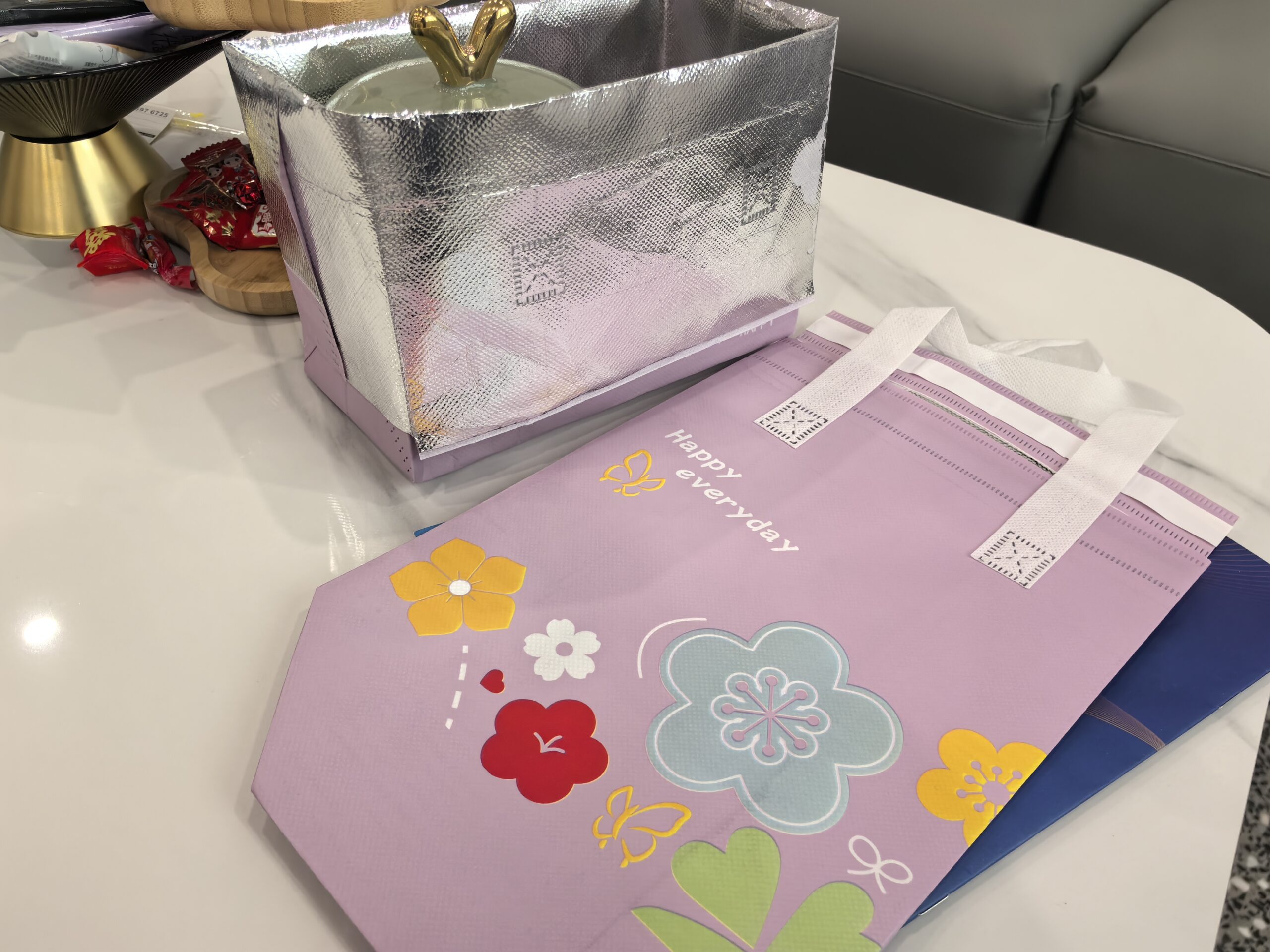
💡 Final Thoughts
Choosing the right non-woven fabric is like picking the right outfit.
You wouldn’t wear a tuxedo to the beach or flip-flops to a business meeting.
Each type has a purpose.
And when used correctly, it helps products last longer, look better, and work smarter.
Want custom non-woven bags for your brand?
JiaRong Packaging offers design, printing, and production—all in one place.
Visit 👉 https://zjjrpackaging.com
📧 Contact: Effie | [email protected]
